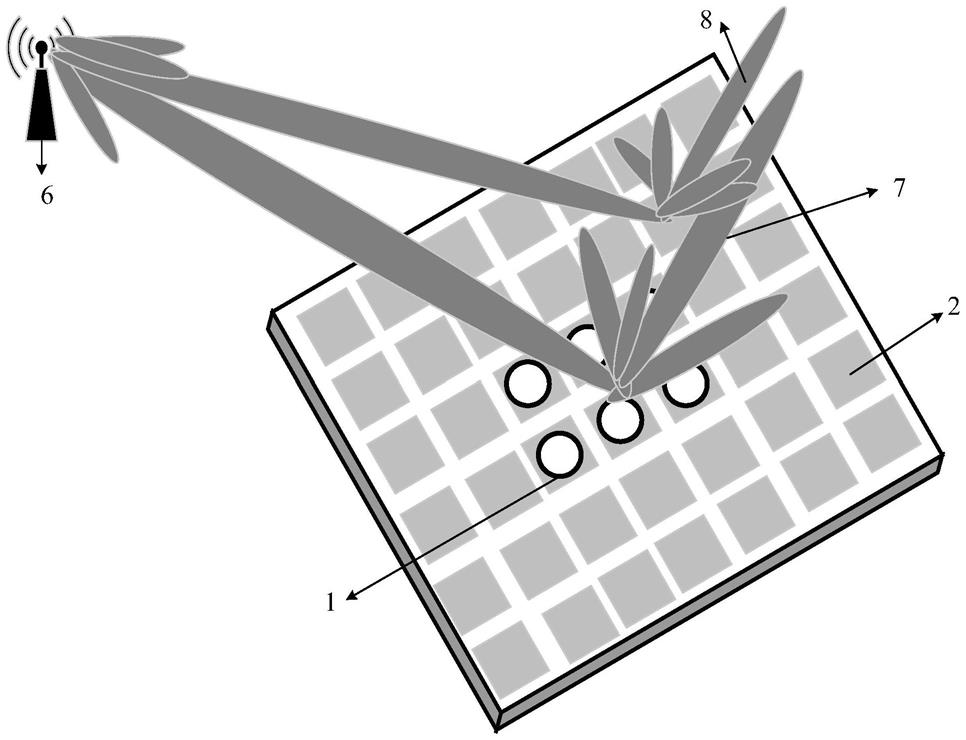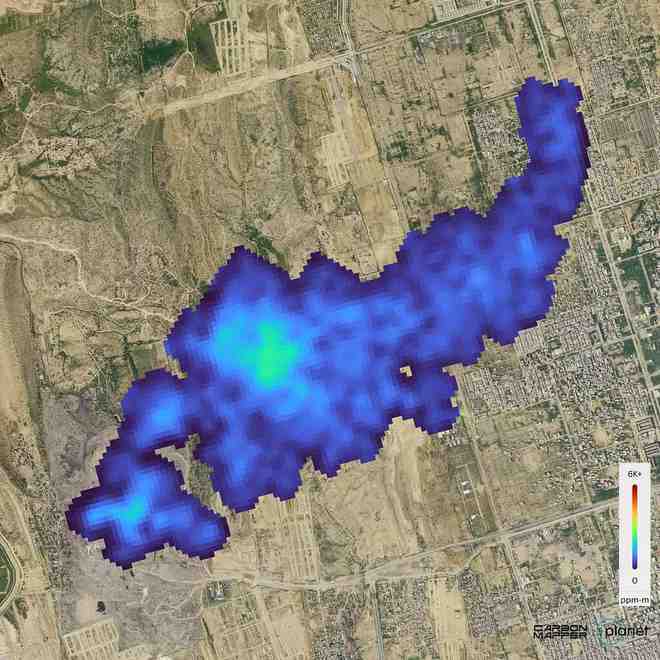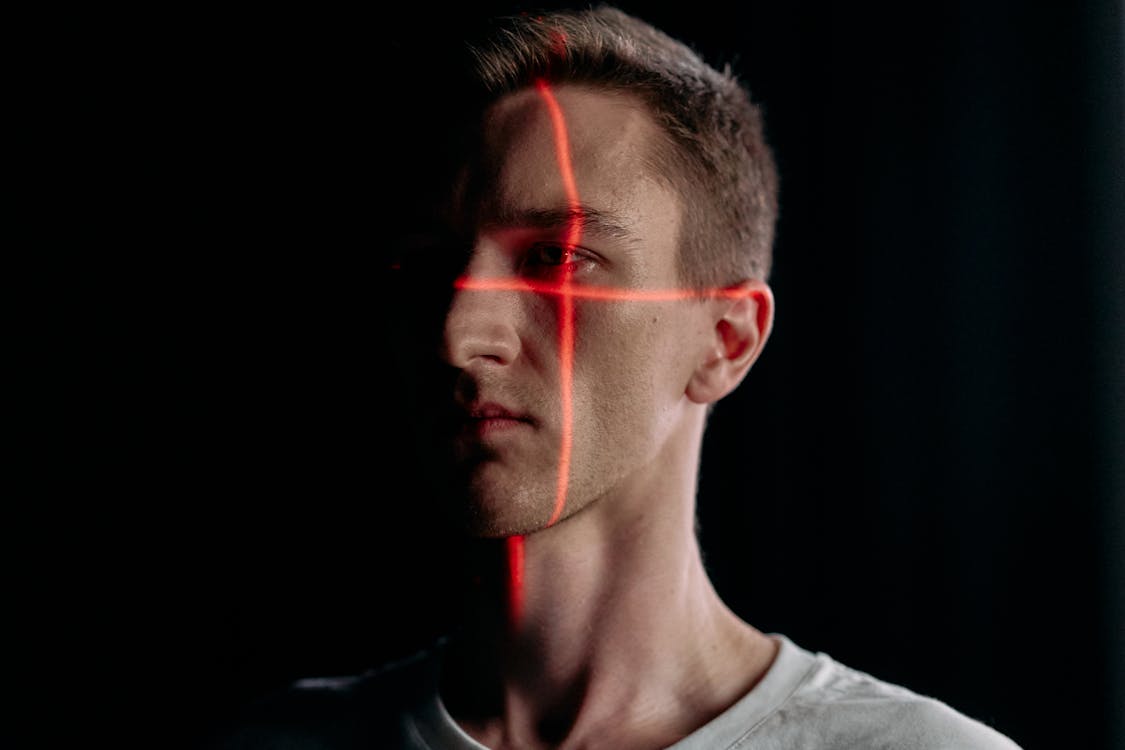RIS Intelligent Mirror: The Journey of Wireless Signal Transmission
Do you remember when you had to painstakingly adjust your router's antenna to get WiFi signals through walls? Or when everyone at home turned into "human signal amplifiers", afraid to move while watching a live stream for fear of disrupting the signal? Well, a new piece of cutting-edge technology is here to make those troubles a thing of the past. It's called Reconfigurable Intelligent Surface (RIS), a revolutionary tool that acts as the "tour guide" of the signal world. It can make wireless signals reroute themselves and direct them to the precise spot where they’re needed most, with jaw-dropping efficiency.

So, what exactly is this RIS? Imagine a mysterious "intelligent mirror" born from the fusion of technology and material science—a sleek, ultra-thin surface unlike any ordinary household mirror. Unlike the mirrors at home, which passively reflect light, this "smart mirror" possesses extraordinary abilities. It doesn’t just reflect wireless signals; it has the insight and power to control their trajectories. Stand before this "mirror" and quietly say, "Deliver this wireless signal safely to my bedroom", and it transforms into a meticulous and agile signal dispatcher. Unlike ordinary couriers, it doesn’t blindly push the signal forward or let obstacles block it. Instead, RIS skillfully adjusts the signal’s angle and strength, custom-designing the most optimal path based on the complexities of the environment.
This path might require the signal to bypass solid walls, cleverly squeeze through narrow gaps, or even make a few elegant turns in mid-air. Regardless of the challenges, RIS handles it all effortlessly. It acts like a seasoned urban navigator, always finding the most efficient, often unnoticed routes, ensuring the signal reaches its destination with pinpoint accuracy.

This "intelligent mirror" comprises countless tiny units, each capable of independently modulating the signal's propagation. Picture it as an army of minuscule "soldiers", ready to deploy and reposition themselves at a moment’s notice. Whether in a densely packed urban area or a signal-dead corner of a room, RIS performs like a seasoned driver, rerouting the signal to every corner.
What’s even more remarkable is that RIS requires almost no power to operate. It functions solely by harvesting external signals to drive itself. This "zero-power" feature is akin to a wind-powered car that runs entirely on wind energy—eco-friendly and highly efficient. Furthermore, RIS reduces energy loss during signal transmission, saving us a significant amount on electricity bills.

However, this technology isn’t without its challenges. Manufacturing RIS requires an astonishing level of precision—each surface must be crafted with nanometer-level accuracy, a process even more intricate than carving miniature jewelry. Additionally, integrating RIS into existing wireless communication systems would necessitate a comprehensive upgrade of network infrastructure, a task far from being accomplished overnight.
Despite these hurdles, RIS represents the future of wireless communication. With its support, signals will no longer behave like "lost children" but will instead learn to plan routes and arrive accurately, as if cruising down a newly built highway. Whether you’re gaming with VR, connecting all your smart devices at home, or navigating driverless cars through towering buildings, RIS will be the silent force ensuring seamless connectivity.
So, if one day you notice that your home WiFi suddenly has no dead zones or that your mobile signal is inexplicably flawless, don’t be surprised—RIS may have quietly entered your life. And you? Feel free to lounge on the sofa and continue binge-watching your favourite series. Leave the signal issues to this thinking "mirror".
(Writer:Seli)





